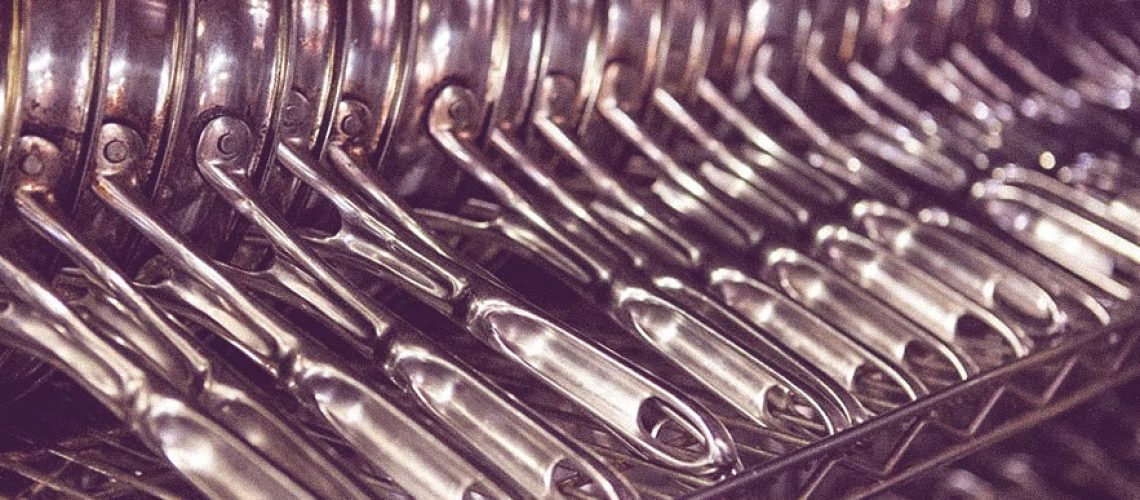Culinary Definition
It’s February, the month of hearts, chocolate, and professing your undying love. We get a lot of questions about tempering…especially chocolate. Our first culinary definition:
Tempering
A technique by which chocolate is stabilized through a melting-and-cooling process, thereby making it more malleable and glossy. Commerically available chocolate is already tempered, but this condition changes when chocolate is melted. Tempering chocolate isn’t necessary for most recipes, but is often done when the chocolate will be used for candymaking or decorations. Chocolate must be tempered because it contains COCOA BUTTER, a fat that may form crystals after chocolate is melted and cooled. If these crystals aren’t stabilized through tempering, they can form dull gray streaks called BLOOM. The classic tempering method is to melt chocolate until it reaches a temperature of 115°F. Two-thirds of the melted chocolate is then spread on a marble slab and worked back and forth with a metal spatula until it becomes thick and reaches a temperature of about 80°F. This thickened chocolate is then transferred back into the remaining one-third melted chocolate and reheated to about 89°F. for semisweet chocolate, about 85°F for milk or white chocolate. The quick tempering method is to melt two-thirds of the chocolate to be tempered to a temperature of 115°F then add the remaining one-third (finely chopped) chocolate to the melted mixture, stirring until the mixture has reached 89°F and is smooth. See also CHOCOLATE.
© Copyright Barron’s Educational Services, Inc. 1995 based on THE FOOD LOVER’S COMPANION, 2nd edition, by Sharon Tyler Herbst. (we have these books in stock at CCKC)


